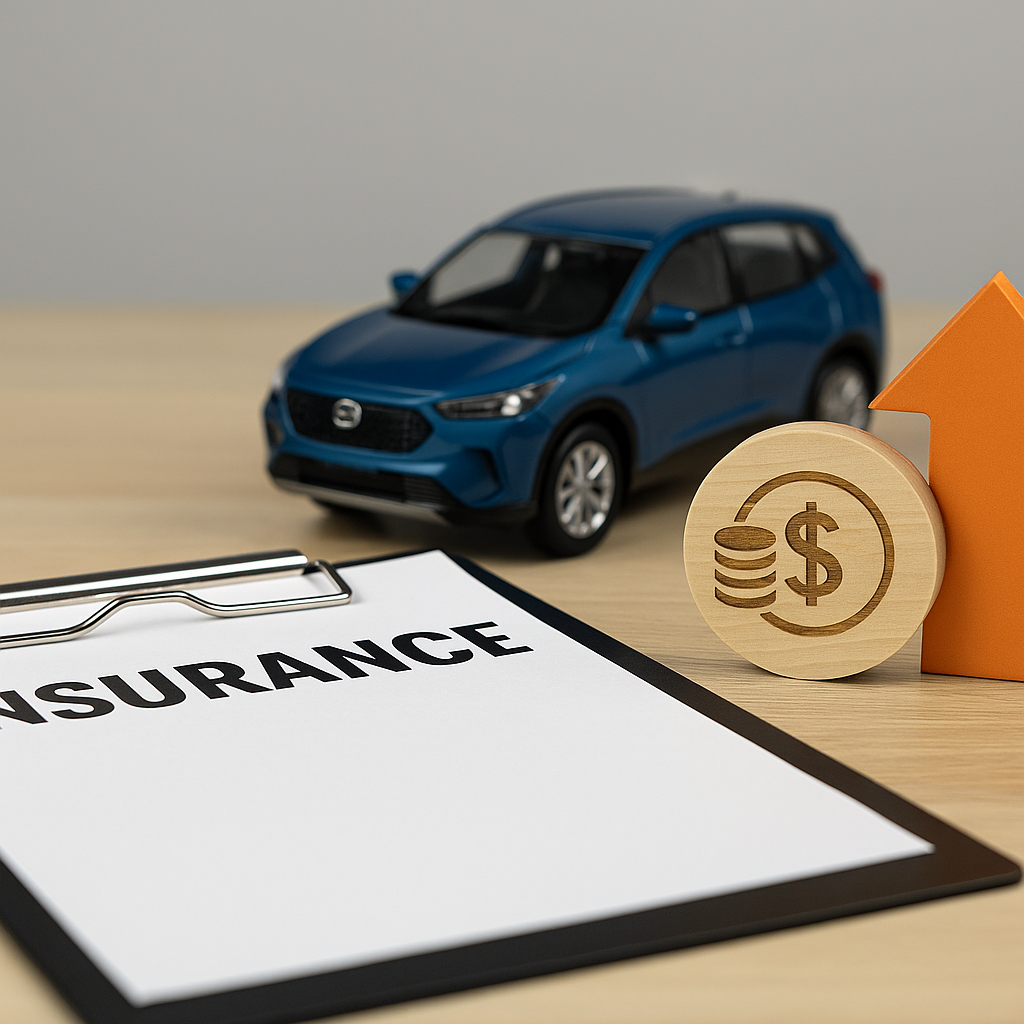Car insurance is a must-have in the United States—but understanding what actually affects your premium can feel confusing. Why does your neighbor pay less? Why did your rates go up after renewing? The answer lies in the many personal and vehicle-related factors that insurers use to determine risk and cost.
In this guide, we’ll break down the key things that affect car insurance premiums in the U.S., helping you better understand your policy and find ways to potentially lower your rate.
What Is a Car Insurance Premium?
A car insurance premium is the amount you pay for your policy, usually on a monthly, quarterly, or annual basis. This cost covers the insurance company’s risk in providing you with financial protection in case of an accident, theft, or other covered incident.
The price you pay is not random—it’s calculated using a wide range of factors that measure how likely you are to file a claim and how much that claim would cost the insurer.
Top Factors That Affect Car Insurance Premiums in the USA
1. Your Driving History
Your driving record is one of the most important variables in determining your rate. Insurers reward safe drivers and penalize high-risk ones.
Clean record = lower premiums
Speeding tickets, DUIs, or accidents = higher premiums
Recent claims or at-fault accidents can increase your rate significantly
Most insurers look back 3–5 years into your history, depending on the state.
2. Your Location (ZIP Code)
Where you live affects your insurance costs because risk varies by area.
High-crime neighborhoods = higher theft and vandalism risk
Urban areas = more traffic = higher chances of accidents
Rural areas may have fewer incidents but higher repair costs due to distance
Even your parking situation (street vs. garage) can impact your rate.
3. Age and Gender
Statistically, younger and less experienced drivers are involved in more accidents, which means higher premiums.
Drivers under 25 generally pay the most
Male drivers under 25 typically pay more than female drivers
Rates usually drop at age 25 and may rise again after age 65
4. Credit History
In most U.S. states, insurers use your credit-based insurance score to determine rates. Better credit often leads to lower premiums.
Poor credit = higher perceived risk
Good credit = more stable financial behavior and lower likelihood of filing claims
Note: California, Hawaii, and Massachusetts prohibit the use of credit scores in insurance pricing.
5. Type of Vehicle You Drive
The car you drive affects repair costs, theft risk, and accident rates.
Expensive or luxury cars = higher repair/replacement costs
Sports cars = higher risk category
Vehicles with advanced safety features = possible discounts
SUVs and trucks = may cost more due to size and impact severity
Insurers also consider theft statistics for your vehicle’s make and model.
6. Annual Mileage
How much you drive matters—more miles = more exposure to risk.
Low-mileage drivers may qualify for a low-mileage discount
Commuters and rideshare drivers typically pay more
Usage-based insurance (UBI) can lower costs if you drive less or drive safely
7. Type and Level of Coverage
What you choose to cover—and how much coverage you want—directly affects your premium.
Full coverage (liability + collision + comprehensive) costs more than liability-only
Higher liability limits increase your premium
Lower deductibles = higher premiums (and vice versa)
8. Insurance History
Lapses in coverage, prior claims, or being uninsured for a while can result in a higher rate.
Continuous coverage = shows responsibility
Prior cancellations or non-renewals can raise a red flag
A history of claims (even not-at-fault) can still increase premiums
9. Marital Status
Married drivers tend to pay slightly lower premiums than single drivers. Statistics show they file fewer claims and drive more cautiously.
10. Discounts You Qualify For
Insurers offer various discounts that can significantly lower your premium:
Multi-policy (auto + home/renters)
Multi-car
Good student
Safe driver
Anti-theft devices
Defensive driving course
Military or occupational group discounts
Ask your insurer about all available discounts—you might qualify without realizing it.
How to Lower Your Car Insurance Premium
Shop around every 6–12 months for better rates
Increase your deductible if you can afford it in a claim
Bundle policies (home, renters, life) with the same provider
Maintain a clean driving record
Improve your credit score (if allowed in your state)
Ask about usage-based insurance if you drive less than average
Drop unnecessary coverage on older vehicles
How Insurers Calculate Premiums
Every insurance company uses its own algorithms, but most use a risk scoring system based on:
Driver profile (age, history, credit)
Vehicle profile (type, safety, cost)
Geographic location (ZIP code risk)
Policy structure (coverage, limits, deductibles)
That’s why two drivers with similar cars might get very different quotes.
Final Thoughts: Understand and Take Control of Your Rate
Car insurance premiums aren’t fixed—they’re flexible and heavily based on your individual profile and choices. By understanding the factors involved, you can make better decisions that lead to lower costs and better coverage.
Before your next renewal, take time to compare quotes, revisit your coverage needs, and update any life changes. Even small adjustments—like improving your credit score or switching insurers—can lead to big savings over time.
